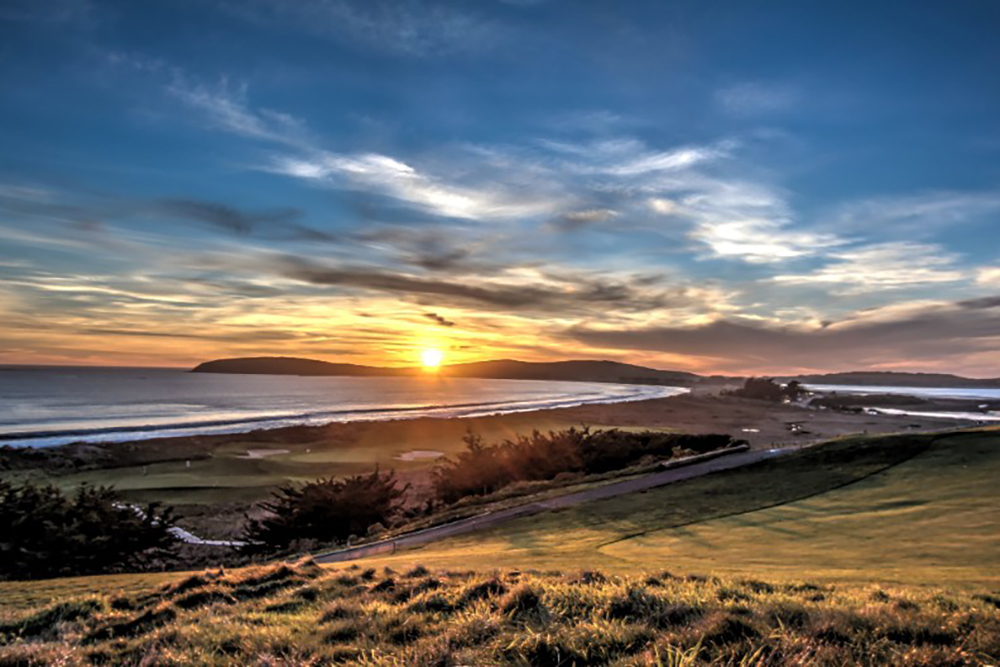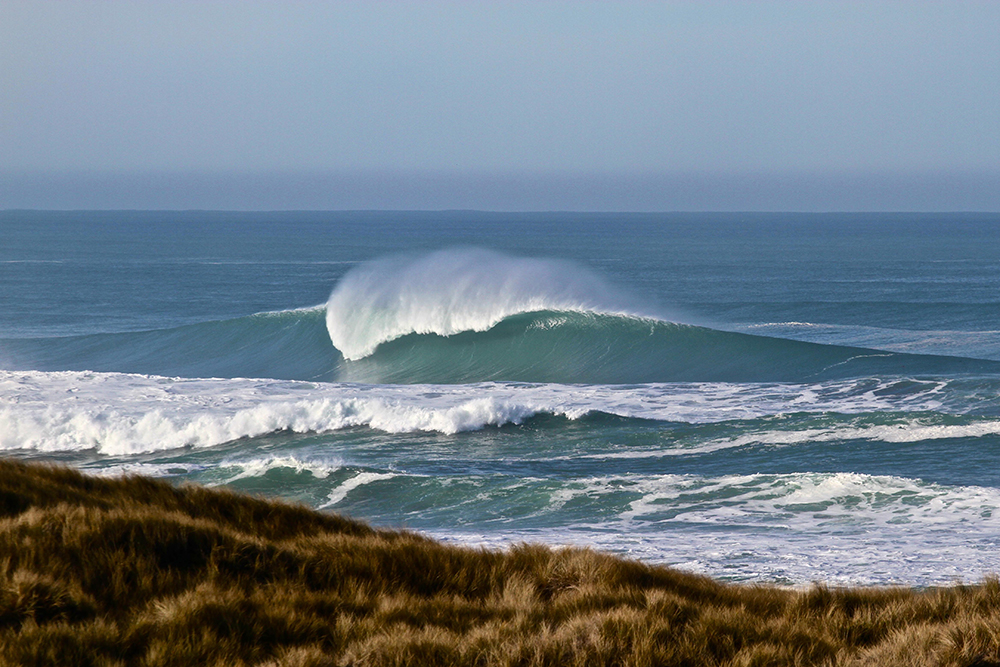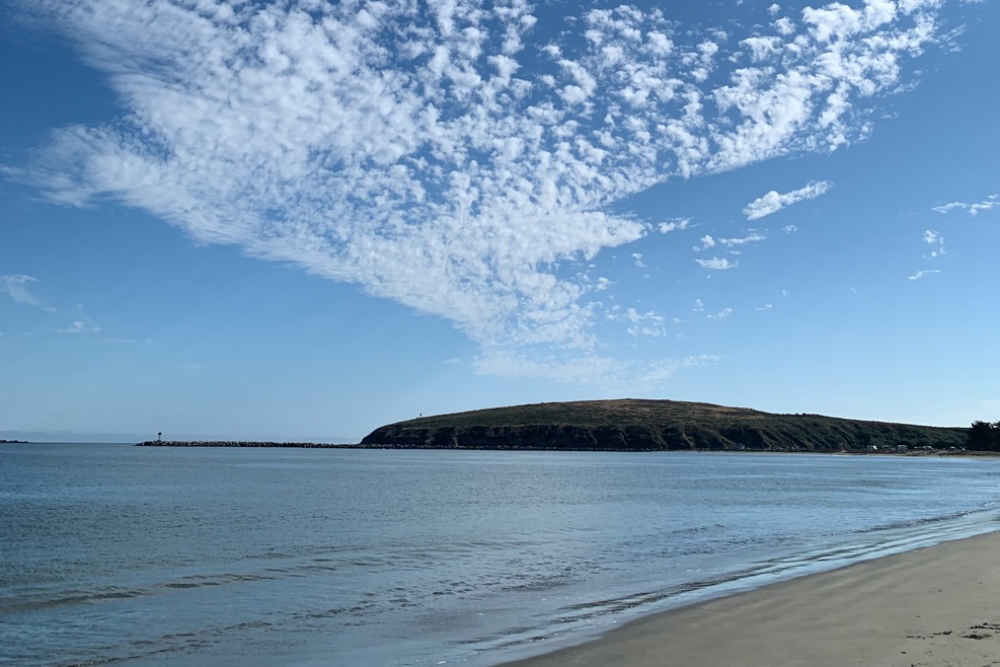The purple sea urchin I’m holding doesn’t look like an environmental terrorist—more like a domed pincushion bristling with needle-sharp spikes. I can’t look this echinoderm (pronounced ee-KINE-o-derm), a cousin of sea stars and sea cucumbers, in the eye. It doesn’t have any. Nor does it have a brain, heart, backbone, or blood. Yet urchins, among the most ancient animals, date back 450 million years and inhabit every ocean on earth.
Oceans
Sailing by the Wind
Years ago I learned to sail by the wind on a 26-foot sloop in San Francisco Bay. After the initial terror, I came to relish the exhilaration of skimming across the water, rocketed by gusts and tugged by currents. At times I’d imagine endlessly drifting on the open sea with the sun and the stars as my only companions.
Velella velella (from the Latin for “veil”), commonly known as “by-the-wind sailors,” live this fantasy. Ancient mariners found in oceans around the world, they have no need for seaworthy vessels. They are shaped like exquisite toy sailboats.
The Lab at the End of the Earth
What drew me to the Lab—what’s always drawn me to certain places—are its stories. From the day I first ventured onto the 616 protected acres owned, leased, or managed by the Reserve, I was intrigued. Driving past coastal prairies and dunes, I beheld what looks like a space colony hunkered on the continent’s rim.
Superpowers of the Tide Pool
Twice a day the Pacific draws back its surf-fringed curtain to reveal a secret world brimming with fantastical creatures that John Steinbeck described as “ferocious with life.” They have to be. Only the fierce can survive in the harsh borderland between the tide’s highest splash and deepest pools. In this kingdom claimed by both sea and land, waters rise, waves pummel, predators pursue, and real estate wars rage.
Seasons of the Sea
During my Pennsylvania childhood, the seasons paraded through the years in lockstep formation: Spring’s promises and petals. Summer’s lush ripeness. Autumn’s harlequin leaves. Winter’s icy grip. Here on the Northern California coast, the indomitable wind and waves have created seasons of their own: Upwelling (March through July), Relaxation (late summer through October), and Storm (November through February).
The Edge of Edges
California’s Route One surfs the rim of the Pacific— swerving, curving, diving into gorges, curling around coves, spiraling up cliffs. Sixty-five miles north of San Francisco the rambling road skids into my town, the incorrigibly funky fishing port of Bodega Bay, immortalized in Hitchcocks’s The Birds.




